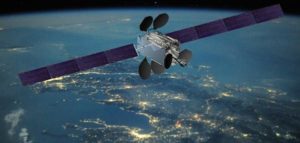Software Defined Satellites: Winners of the New-SatCom Era
The software defined satellite (SDS) market has been buzzing with news starting with the launch of Eutelsat 10B, upcoming launch of SES’ mPower satellites, and new orders from Eutelsat, Intelsat, and SES. The need for SDS is driven by a variety of factors: demand for satellite-based connectivity, development and availability of new technologies, and support.





